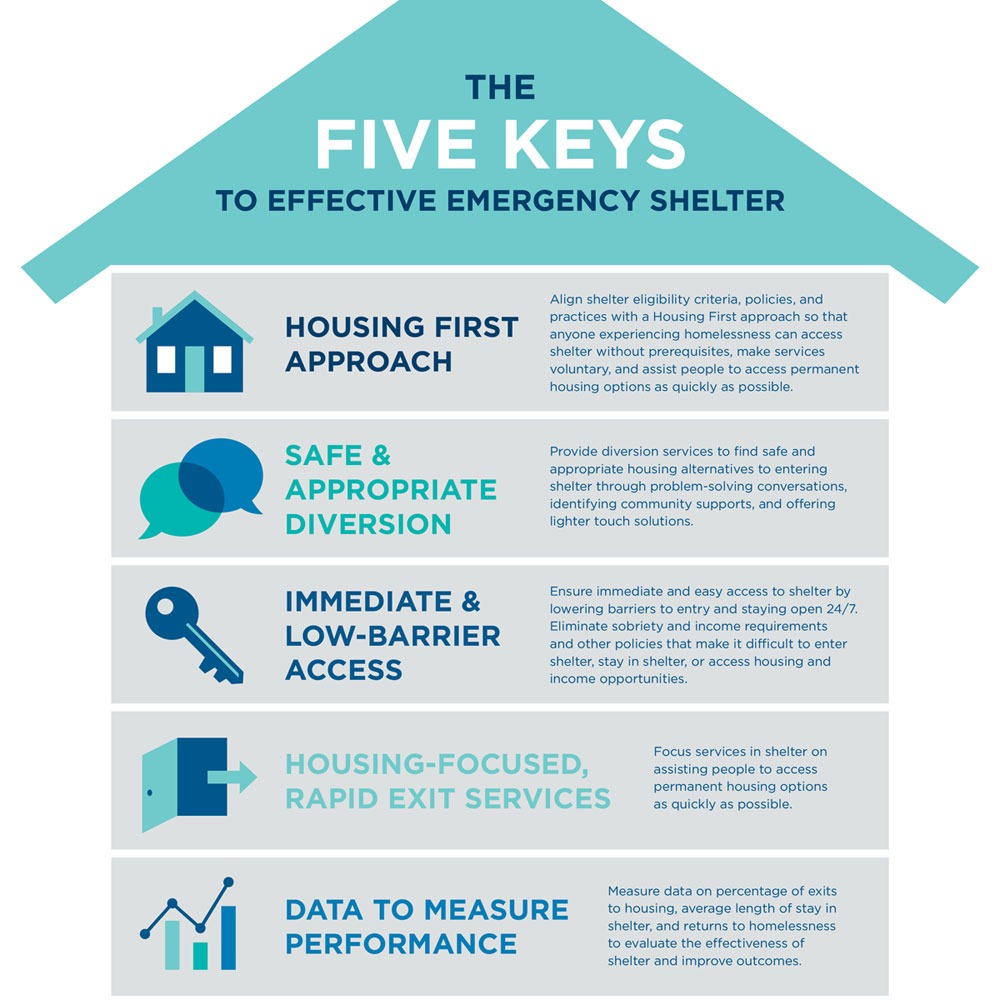
May 24, 2019; Mercury News
The North Valley Community Foundation (NVCF) has removed itself as an intermediary for a $1 million donation from the Walmart Foundation amid controversy over a proposed low-barrier homeless shelter’s proximity to the campus of California State University, Chico (CSU Chico). NVCF says the donation was returned to the Walmart Foundation with the suggestion that it work directly with local organizations.
The Walmart Foundation’s million-dollar donation was in addition to a separate $1 million donation to other organizations to address homelessness in the wake of California’s devastating Camp Fire. (For example, the Torres Community Shelter took advantage of that funding, according to the Chico News & Review, to adapt their hours and lower barriers.) The Chico Walmart parking lot became a shelter for some people displaced by the fire, which exacerbated the state’s homelessness problems.
As the number of people without homes grows, the general public still treats them with suspicion; only by examining how our society treats individuals facing homelessness can these misperceptions be changed. As an example, NPQ covered a court ruling in April concerning homeless individuals sleeping in public. In that article, the ACLU’s Eve Garrow was quoted as saying that these efforts didn’t make sense from a public policy perspective: “They send the wrong message, they treat those who are poor as criminals, and create fear and mistrust of those experiencing homelessness.”
Gayle Hutchinson, president of CSU Chico, displayed this kind of fear and mistrust in a letter to the Chico City Council. Hutchinson’s letter voiced concerns for public safety and urged city officials to find a different location. The letter stated the school’s support for the low-barrier shelter while also generalizing about the community the shelter would serve. Because low-barrier shelters accept people as they are, with fewer regulations on entry compared to the typical shelter model, it can be hard to get community buy-in for proposed shelter locations. (As reported by the Enterprise-Record, the majority of the council was in favor of the low-barrier shelter.)
Generalizing about communities in need is problematic, and students of the school recognize that. Natalie Hanson of The Orion, the university’s student paper, wrote on April 22, 2019:
Sign up for our free newsletters
Subscribe to NPQ's newsletters to have our top stories delivered directly to your inbox.
By signing up, you agree to our privacy policy and terms of use, and to receive messages from NPQ and our partners.
The assumptions being made by our campus about those who would take shelter in this facility, are echoing some troubling ideas commonly held about homelessness. These assumptions are equal parts offensive and disappointing, restating over and over how the campus has supposedly stood by the work of local shelters does very little when its main concern is to urge moving this shelter further away from campus.
Unfortunately, the proposed location in downtown Chico still faces these issues. Safe Space, “a seasonal, volunteer-run, low barrier shelter” lacking the resources and visibility of NVCF, will have difficulty getting that buy-in once NVCF has publicly removed themselves from the project.
Low-barrier shelter models are increasingly seen as viable for communities seeking to address homelessness with a sense of empathy and individualism. Cities like Louisville, Kentucky are opening more low-barrier shelters this year, according to a January 2019 LEO Weekly article, and Catholic Charities USA published a piece in December 2018 on their move to low-barrier models after seeing the rise in homelessness in their California community, concluding, “It no longer made sense to screen people out of accessing services.”
NVCF’s president and CEO, Alexa Benson-Valavanis, published a piece explaining their coalition and collaborative strategic approaches, including housing and mental health issues. In an ABC 7 News article announcing the $43 million they raised in donations, NVCF’s communications director says it will take years to give out all the donated funds they received. Backing out of this project stems from a place of privilege.
The fact that NVCF is positioned well enough to abandon a major gift addressing one of their self-proclaimed service areas due to a local controversy shows they can pick and choose which populations receive much-needed services. It is hard to believe NVCF when they say, “Love will get us through this. Love will heal us. But, we have to do it together,” when they so quickly abandoned project partners in fear of bad PR. It will be interesting to see if NVCF faces problems cultivating other major partners in the future.—Sarah Miller













